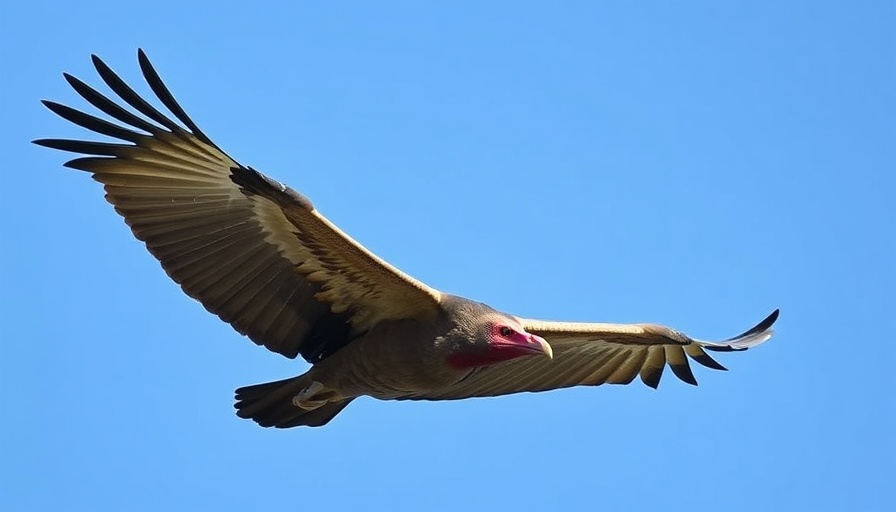
Nature as Our Greatest Teacher
Biomimicry is revolutionizing the way we approach design and innovation, inspiring modern inventions through nature's ingenious solutions. Billy Almon, a futurist and biomimicry expert, explains how imitating natural forms and processes can lead to groundbreaking advancements in various fields. One notable example is the invention of airplanes, where the Wright brothers drew inspiration from turkey vultures to develop their designs.
Practical Applications of Biomimicry
Biomimicry continues to influence contemporary engineering, particularly in devising environmentally friendly technologies. From energy-efficient vehicles to resilient buildings that can withstand climate change, nature offers a plethora of solutions just waiting to be explored. Almon believes that as we deepen our understanding of the natural world, we uncover even more potential for innovation.
Why Biomimicry Matters
Understanding and implementing biomimicry is crucial for creating sustainable solutions that not only address today’s challenges but also consider the health of our planet for future generations. Innovations inspired by nature align closely with ecological principles, promoting a symbiotic relationship between humans and the environment.
Future Directions in Innovation
The future of biomimicry seems promising as we stand on the cusp of technological breakthroughs that enhance both human life and environmental integrity. Almon emphasizes the critical role that ongoing exploration of the natural world plays in developing these innovations, suggesting that nature is not merely a resource but a vital partner in shaping a sustainable future.
 Add Row
Add Row  Add
Add 




Write A Comment